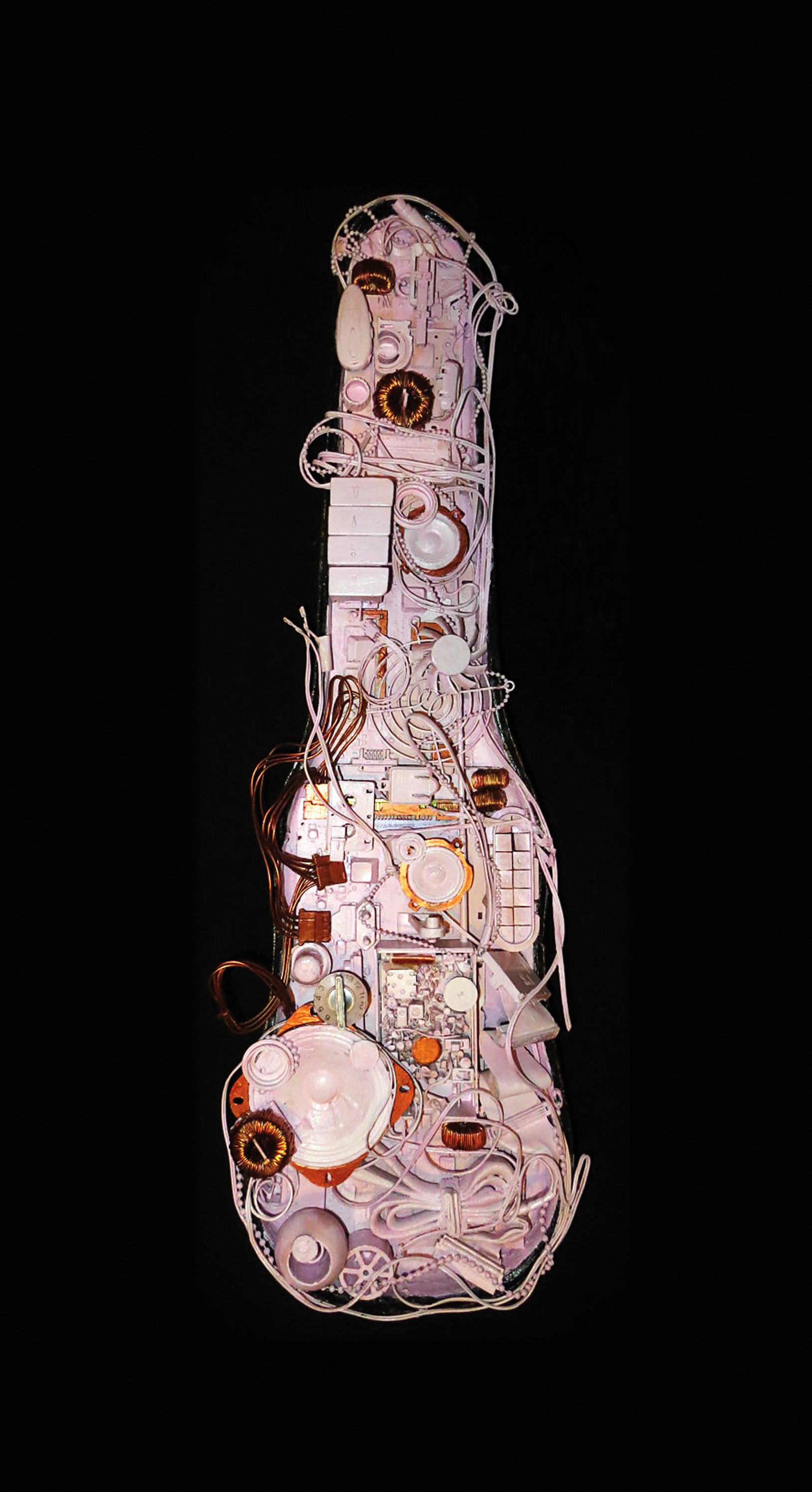Engineers use large-diaphragm condenser mics to make their records sound alive. There are all sorts of high-end and vintage models that are known for producing a certain vibrance, silkiness, or edge. But sometimes you simply need something that will get the job done. MXL mics are awesome in that regard – known for their sturdy construction and surprisingly good sound for their price point. The MXL 770 microphone itself is a revamped version of their popular 990. I found the 770 to be ideal for voice and acoustic instruments and has some key improvements that make it even more versatile than its predecessor. The 770 has a built-in bass frequency roll-off switch (at 150 Hz), a -10 dB pad, and the Complete Bundle includes a dedicated shock mount with an integrated metal pop filter, plus a 20-foot XLR cable. The mic has a max SPL of 137 dB, which together with the aforementioned pad allows you to use it on sources up to 147 dB. And while this doesn’t have anything to do with the mic’s performance, all the components of Complete Bundle are black with gold accents, which is a nice change from the champagne-colored 990.
In my little bubble of pandemic-induced insanity, I developed an irrational attachment to the “charm” of a vintage Shure “Green Bullet” harmonica microphone, and forgot that a budget microphone ≠ incessant buzz. The 770 is quiet, and excessive background rumble can be kept to a minimum with the high-pass filter engaged. In comparison to the 990, the 770 is a bit brighter. While the 990 is smooth and silky, the 770 had a similar presence but with a wonderful high end shininess around 9 kHz. I felt this brought vocals more front and center with less work on the backend.
I tried the 770 on a toy-like Traveler acoustic guitar and a perpetually out-of-tune Stella. After playing around a little with the placement, I seriously considered scrapping my demos and making an acoustic record. It didn’t magically tune my guitar, but it added a familiar warmth and weight that I was not expecting. It also sounded good on a guitar amp though it didn’t blow me away; the high-frequency boost might be to blame? But it was a step up from a Shure SM57, and being in the same price range this makes the 770 an option if you’re looking for a little meatier sound while not wanting to compromise on versatility.
I was pleased with how it fared as a drum room mic too. I used it on a small kick-snare-hat setup, with the pad engaged and placed it a few feet in front of the kit. It captured the shimmer and splash of the cymbals, and the snare was nice and crisp. It isn’t designed to be a kick drum mic, so don’t expect a full low end. I also wouldn’t recommend putting it inside of a kick drum. But at a bit of a distance I was impressed with how evenly it picked up the attack and boom of the kick, as well as how well it sat against the other components of the kit.
The only complaint I had was not with the mic itself, but the included pop filter. The screen has sharp, unfinished edges that repeatedly snagged my shirt when I was moving it around. Realistically, it’s nothing a little tape won’t fix, but I mention it because to remove the filter you have to fully unscrew it (and contend with a loose screw and tiny washer). You can’t simply push it out of the way. It was a little annoying, but it didn’t interfere with my usage.
I could see the 770 being an all-purpose mic for beginners, and I could also see it being a practical addition to a working-class studio’s mic locker. I tested the Complete Bundle at home with a Focusrite Scarlett [Tape Op #115] interface’s built-in preamp and loved it, but I imagine if you used this with a higher-end or tube preamp (or, say, used it on a beautiful sounding acoustic guitar) you’d really be able to take advantage of this mic’s full personality. You can even purchase the mic separately if the extra goodies don’t interest you, but for the price the MXL 770 Complete Bundle is a total steal, and I’ll be keeping this unit for continued use on my recordings.




_disp_horizontal_bw.jpg)